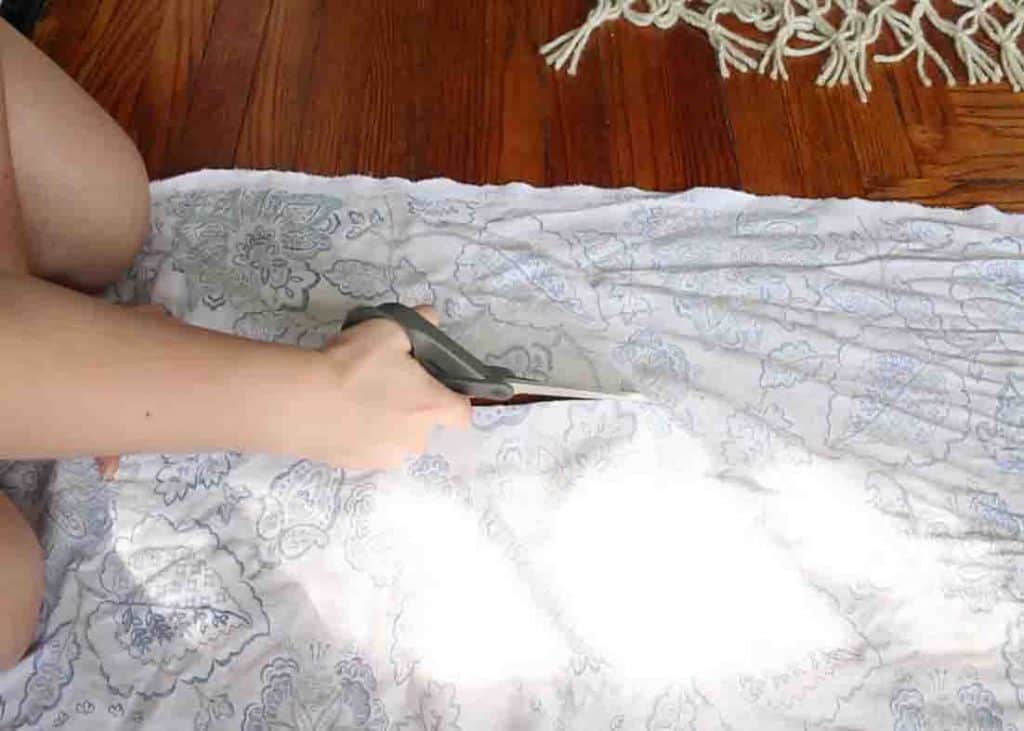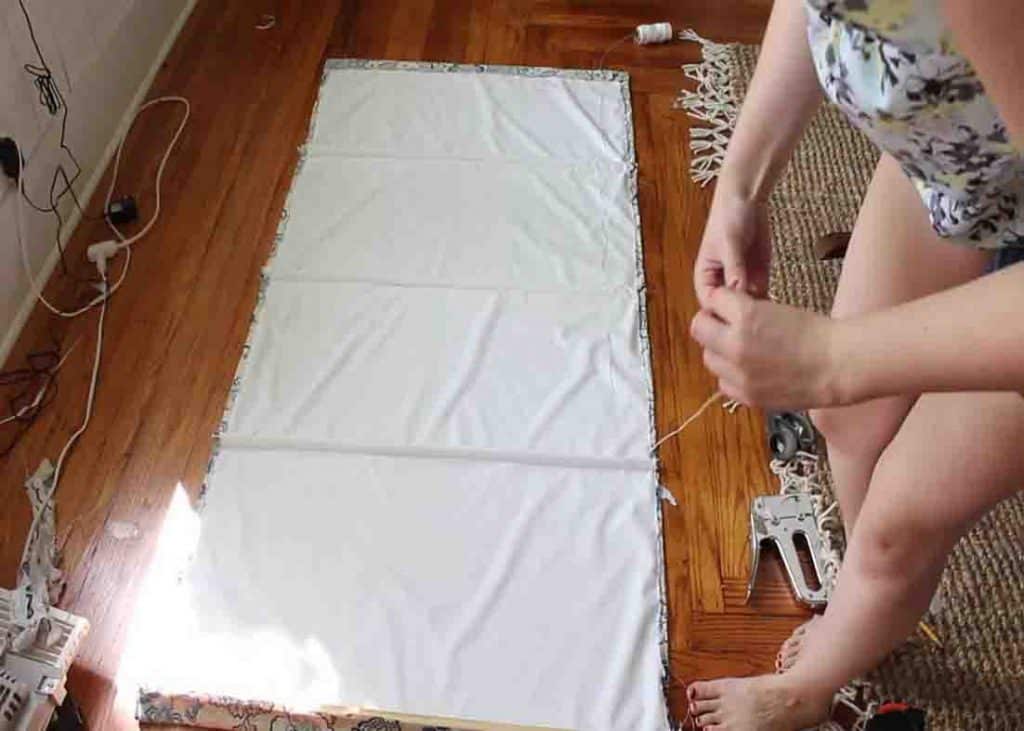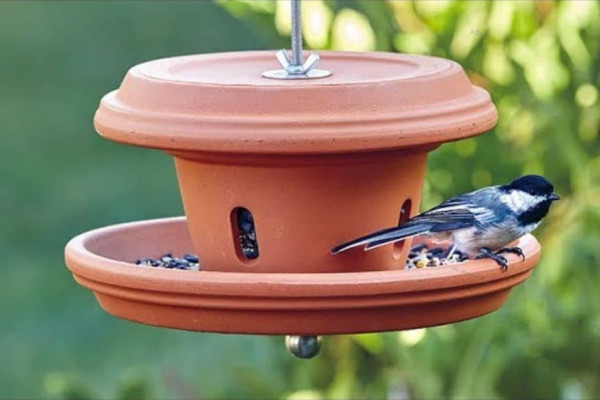Roman shades can be quite pricey, but with this DIY roman shades tutorial from A Butterfly House on Youtube, you can make one for a fraction of the price! This classy and gorgeous roman shade will surely freshen up your outdated space. It’s also a fun project you can make with your family. Watch the video tutorial down below to learn the step-by-step process.
Materials:
- fabric (of your choice)
- blackout fabric
- scissors
- dowel rods
- 1 x 2 wood cut to the width of your window
- small plastic rings
- nylon strings
- 1 & 1/2-inch angle bracket and a small screw
Directions:
Step 1
Cut your fabric at least seven inches longer than the length you’d like your shade to be. Next, cut the width of the fabric 1 inch larger than the width of your window. Cut the blackout shade in the same length as the fabric but one inch shorter and in width. Fold each side over half an inch and sew it in place. Next, make the dowel pockets. To determine where each pocket is placed, take the total length of the fabric, subtract three inches for the mounting and divide by four. The first pocket will be at the very bottom of the shade and each pocket afterward will be that number of inches up. To make the first pocket, fold the bottom of the fabric up at least half an inch. To make the other three pockets, fold the shade over, right sides together, at each pocket location. Pin in place and sew a seam at least a half inch away from the fold. (If you’re using a lining, be sure the thin side fabric is fully aligned with the liner.)
[social_warfare]
Step 2
Once all four dowel pockets were made, put the dowel rods in place. Hand sew the small plastic rings to the dowel pockets. Each pocket gets two rings, one on each side, a couple of inches in from the edges. Next, build a mounting board (a 1 x 2 cut to the width of your window.) Add a 1 & 1/2-inch angle bracket and a small screw eye to each end. After this, staple the fabric to the top of the mounting board using a staple gun. Finally, all that was left was adding the nylon string that operates the shade. The first string goes through every single ring, left loose on the left side to ultimately operate the shade. The second string only goes through the rings on the left side. It goes up the left side, goes through the screw eye on top, then comes back down. One is tied in place while the others are left free to work the sheet. Your roman shade is now finished.







